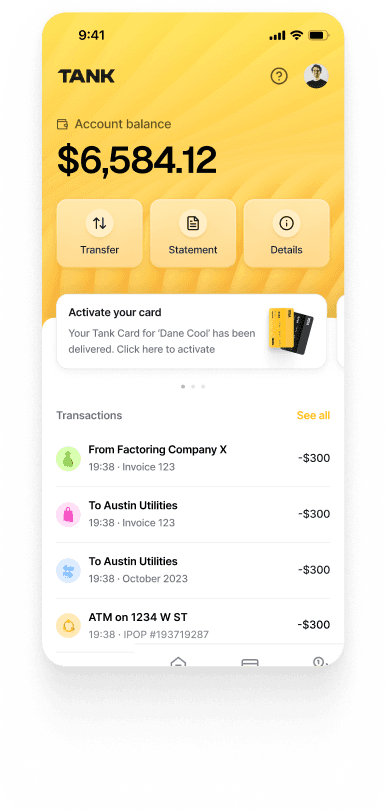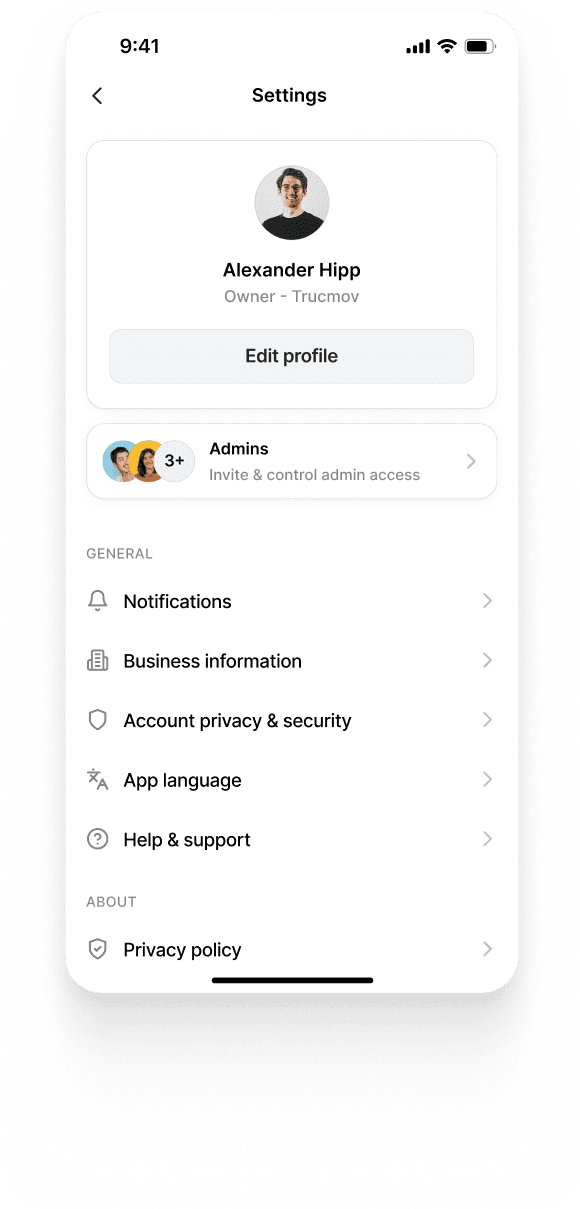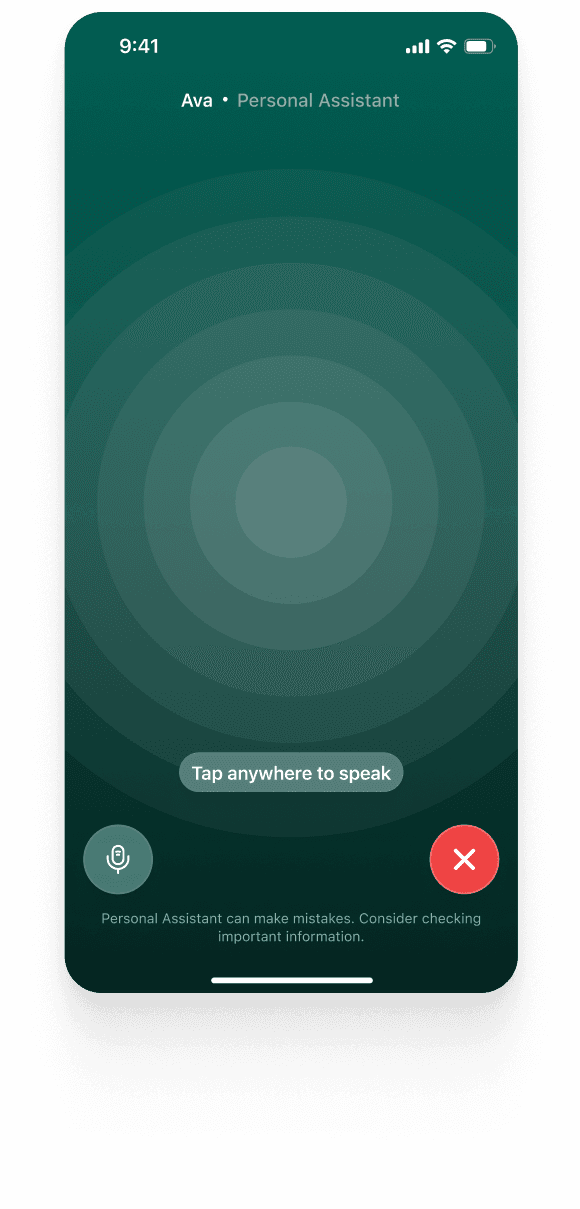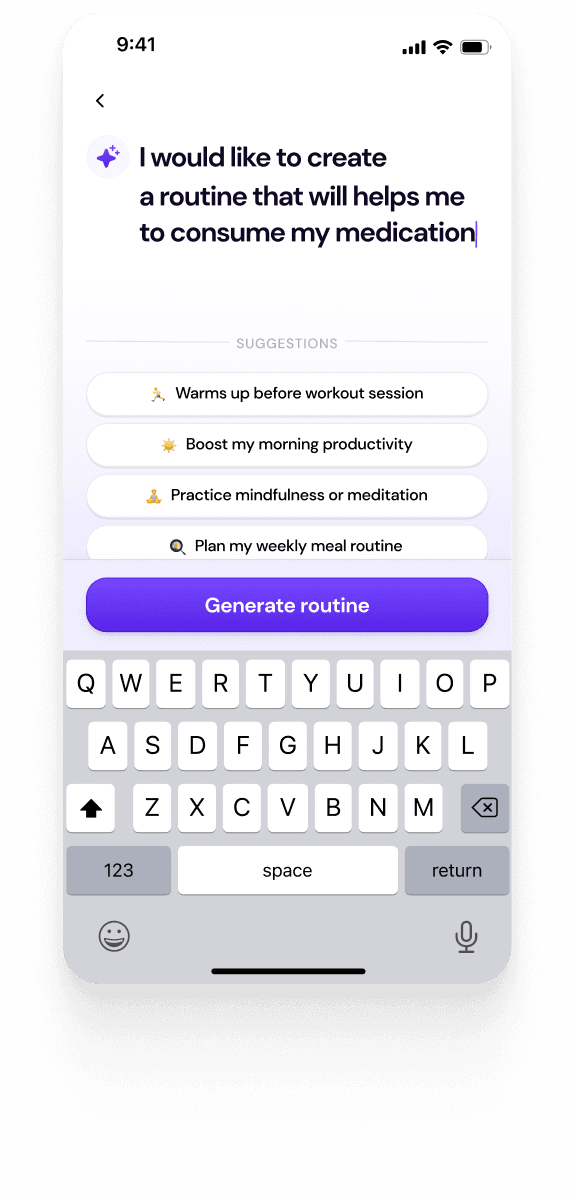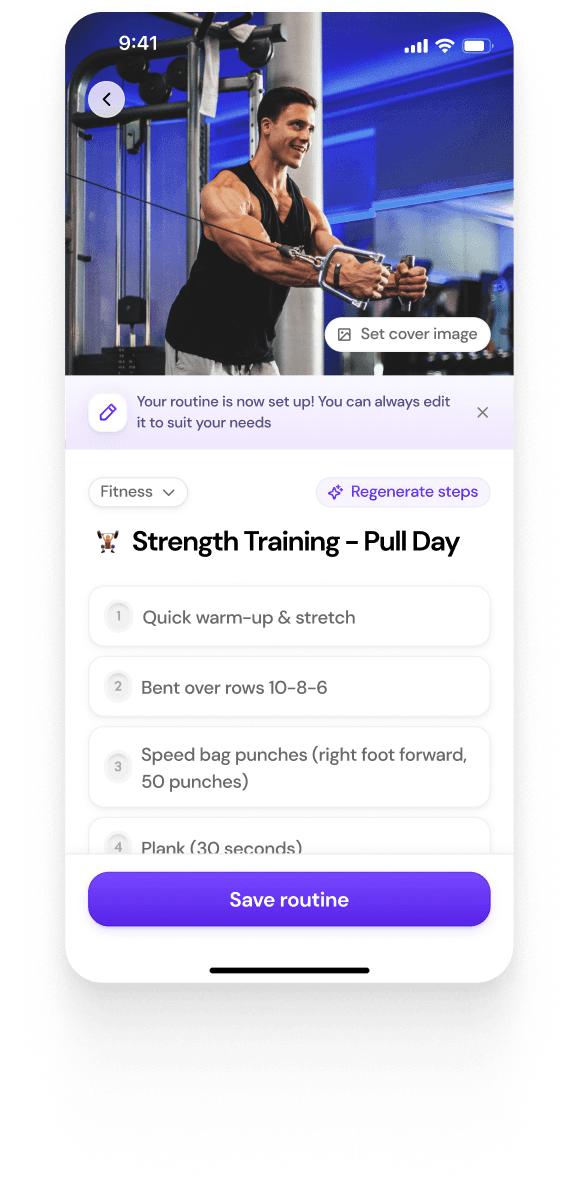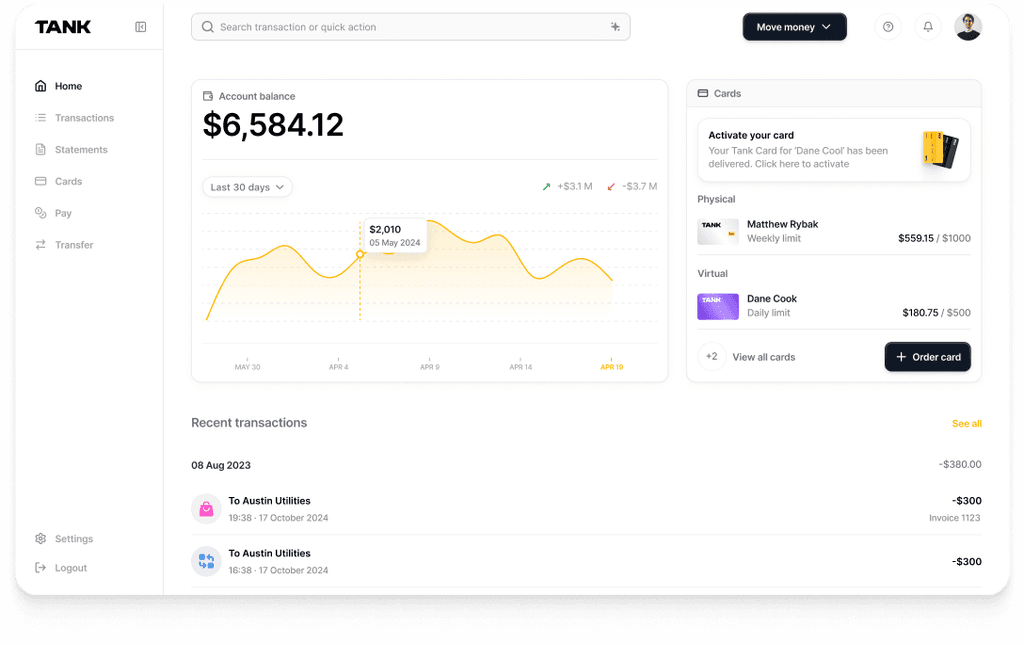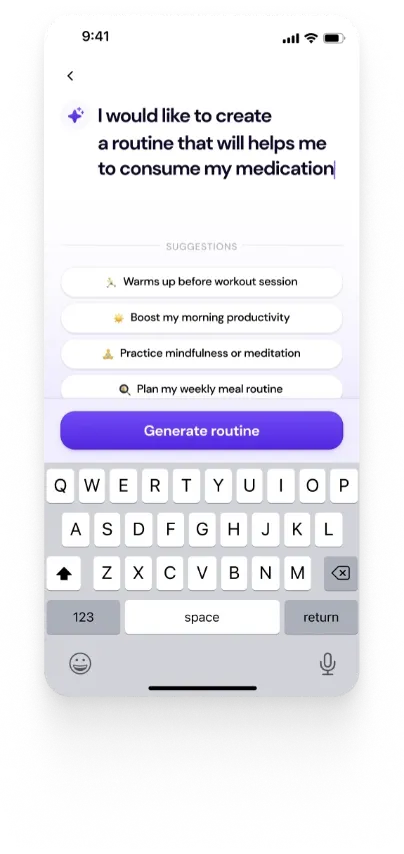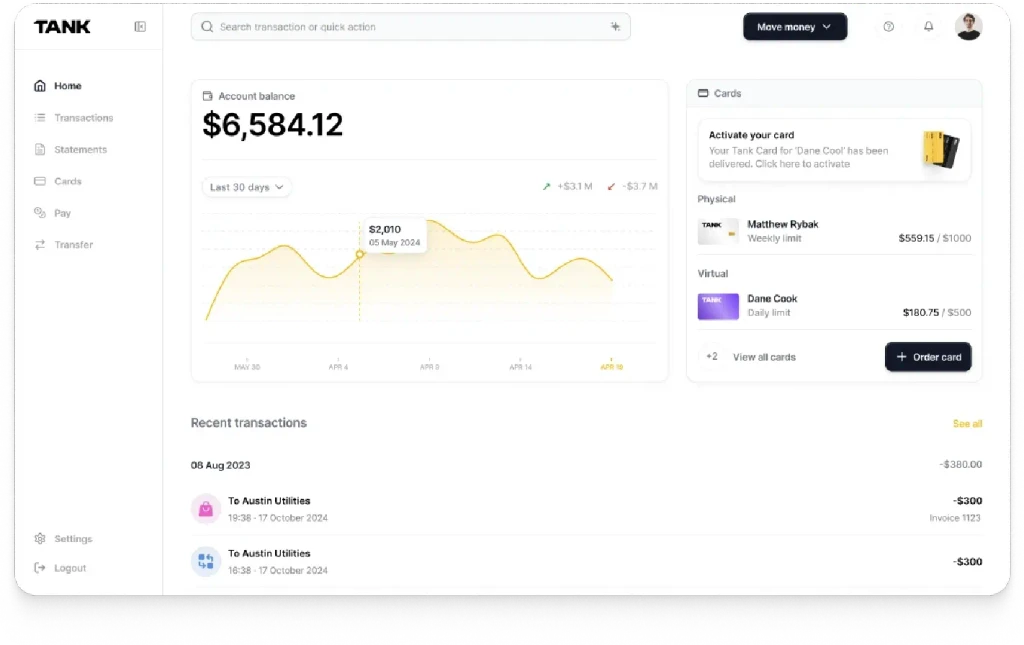Positives and Side Effects of IVIG Treatment
Summary
IVIG is a versatile treatment for immunodeficiencies and autoimmune diseases, offering rapid immune modulation and improved outcomes. While most side effects are mild and manageable, rare but serious complications require close monitoring. Careful dosing, hydration, and infusion protocols maximize safety and efficacy.
Key insights:
Broad Utility: IVIG treats immunodeficiencies and many autoimmune/neurologic disorders effectively.
Mechanisms: It works by blocking Fc receptors, suppressing cytokines, and neutralizing autoantibodies.
Administration: Slow infusion, hydration, and premedication reduce infusion-related reactions.
Common Effects: Headache, fever, chills, and nausea are frequent but usually mild and reversible.
Serious Risks: Rare complications include kidney injury, thrombosis, aseptic meningitis, or anaphylaxis.
Psychiatric Links: Rare behavioral effects exist, but IVIG may also improve autoimmune-related psychiatric symptoms.
Introduction
Intravenous immunoglobulin (IVIG) is a pooled human Immunoglobulin G (IgG) preparation used both to replace missing antibodies in immunodeficiency and to modulate immune function in autoimmune/inflammatory diseases. IVIG offers a wide range of antibodies by containing polyvalent IgG (as well as trace IgA/IgM) from thousands of donors. IVIG was first used as a replacement treatment for primary immunodeficiencies, such as common variable immunodeficiency and X-linked agammaglobulinemia. Today, it is frequently used as an immunomodulatory treatment for a variety of autoimmune conditions. Fc-receptor blockage, autoantibody neutralization, complement and pro-inflammatory cytokine suppression, and regulatory immune cell proliferation are some of its methods.
Therapeutic Uses and Benefits
IVIG is approved for several immune-mediated diseases and commonly used off-label in many others. Key approved indications include:
Primary immunodeficiencies (PIDs): Replacement therapy for disorders with low IgG (e.g. XLA, CVID. Monthly IVIG infusions prevent life-threatening infections in these patients.
Immune thrombocytopenic purpura (ITP): High-dose IVIG (often 1–2 g/kg) raises platelet counts rapidly (within ~4 days) and reduces bleeding; it is now first-line therapy (with steroids) for acute ITP
Guillain–Barré syndrome (GBS): IVIG is as effective as plasma exchange in hastening recovery from this acute inflammatory neuropathy.
Kawasaki disease: IVIG dramatically reduces the risk of coronary artery aneurysm in this pediatric vasculitis.
Chronic Inflammatory Demyelinating Polyneuropathy (CIDP): IVIG improves muscle strength and function, often as part of long-term management.
Multifocal motor neuropathy (MMN), Myasthenia gravis, and other neurologic autoimmunities: IVIG can produce clinical improvement by modulating pathogenic autoantibodies.
In addition to these, off-label usage is common. Refractory hemolytic anemias, dermatomyositis, pemphigus, severe lupus or SLE flare, autoimmune myositis, and vasculitides are all treated with high-dose IVIG. In actuality, IVIG frequently acts as an adjuvant or second-line treatment, enabling the lowering of immunosuppressive medications. For instance, IVIG has been investigated for neuropsychiatric autoimmune illnesses (see below) and has been shown to reduce disease activity in refractory myositis or systemic vasculitis. According to a recent assessment, IVIG "consistently" improves a variety of illnesses and typically has a good safety record.
The anti-inflammatory effects of IVIG are dose-dependent in the mechanism of autoimmune illness. Fc receptors are blocked, complement and cytokines are dampened, and autoantibodies are neutralized with high (immunomodulatory) dosages (usually 1-2 g/kg over 2-5 days). This method, for instance, prevents platelet breakdown in ITP. IVIG is believed to stop inflammatory cascades and improve healing in GBS and Kawasaki. These benefits, which frequently happen faster than traditional therapy, can greatly enhance patient outcomes.
Recent research highlights IVIG's adaptability. IVIG produced significant short-term symptom alleviation and favorable long-term results in a pediatric case series of 12 children with PANDAS (pediatric autoimmune neuropsychiatric disorder linked with streptococcus). IVIG can help with severe psychiatric symptoms in autoimmune neuropsychiatric lupus or encephalitis. On the other hand, long-term IVIG has been demonstrated to sustain stability of fatigue and depression ratings over years in chronic inflammatory neuropathies such as CIDP. Thus, the "benefits" of IVIG extend beyond infection control and encompass wide-ranging anti-autoimmune effects across a variety of disorders.
Administration and Precautions
IVIG is administered intravenously under medical supervision. Infusing gently is standard procedure, particularly when administering high doses or for the first time. Guidelines emphasize starting at the slowest possible rate for 30 to 60 minutes and then progressively increasing if no reaction develops. The precise rate is dependent on the product and patient tolerance. In order to minimize mild responses, patients are frequently pre-medicated with acetaminophen or antihistamines and managed with hydration (additional oral fluids or IV fluids). Throughout the infusion process, vital indicators such as temperature, heart rate, blood pressure, and respiration rate are tracked.
The following pre-infusion checks and precautions are important:
Blood typing: Traces of anti-A and anti-B antibodies are present in IVIG preparations. Following high-dose IVIG, patients with blood groups A, B, or AB may experience hemolysis, which is frequently an asymptomatic hemoglobin reduction. Therefore, for these patients, hemoglobin levels are tracked after infusion and ABO blood type is determined beforehand. ,
IgA deficiency: Because IVIG contains some IgA, those with severe IgA deficiency (and anti-IgA antibodies) are susceptible to anaphylactic responses. It is recommended that these individuals utilize an IgA-depleted IVIG product or switch to subcutaneous immunoglobulin.
Renal function: The risk of acute kidney injury with IVIG is increased by renal insufficiency, diabetes, advanced age, and volume depletion (particularly with sucrose-containing IVIG). These individuals need to be closely watched, aggressively hydrated, and given very gradual infusions.
Thrombotic risk: Blood viscosity may be momentarily increased by IVIG. Before starting treatment, patients with numerous risk factors, cardiovascular disease, or previous thrombosis should be evaluated. IVIG is administered more slowly and with hydration to high-risk patients in order to reduce their risk of thrombosis:
Concomitant medications: Certain medications (such as renin-angiotensin blockers and ACE inhibitors) should be examined because they may intensify hypotensive responses during IVIG.
Vaccines: IVIG therapy will temporarily inactivate live attenuated vaccinations (such as MMR) for a maximum of 6–12 months due to the presence of high-titer antibodies. Schedule vaccines in accordance with IVIG therapy.
In the event of a severe reaction, clinicians should have emergency drugs on hand, such as steroids, antihistamines, and epinephrine. The infusion is slowed down or stopped and the proper treatment is administered if an adverse reaction occurs. IVIG can be administered safely in hospitals or outpatient infusion facilities with these precautions.
Common Side Effects
Most IVIG side effects are mild and manageable. Acute infusion-related symptoms, such as headache, fever, chills, flushing, exhaustion, muscle pains, nausea, and malaise, are the most common reactions. Usually, these "flu-like" symptoms start to appear a few hours after the infusion. They are believed to be caused by the product's cytokines, stabilizers, or infusion rate. They are typically relieved by reducing the infusion rate and using acetaminophen or nonsteroidal anti-inflammatory drugs. Retrospective assessments do, in fact, indicate that the primary cause of these modest adverse events is fast infusion.
Additional moderate acute responses (affecting a tiny number of individuals) include rash (urticaria), tachycardia, vomiting, and chest or back pain. In most cases, these also improve with symptomatic treatment (antihistamines, intravenous fluids, lowering the rate) without causing long-term damage. For instance, antihistamines can be used to treat moderate rashes or hives, and stopping the infusion and treating as necessary can correct hypertension or hypotension.
Infusion headaches, which can be severe yet temporary, are a side effect of IVIG infusions. Actually, more than half of patients get headaches at some point. These might linger for 24 to 72 hours and are typically unilateral or throbbing. Risk factors include a history of migraines and high dosages. Premedication or switching to an IVIG brand with less headaches are examples of preventive strategies. Evaluation for aseptic meningitis should be prompted by a persistent headache following infusion (see below).
Temporary hemolysis in the lab is another typical side effect. IgG anti-A/B found in IVIG has the ability to bind recipient red blood cells. The most common causes of hemoglobin decreases, which infrequently result in anemia, are non-O blood types and large dosages (≥1–2 g/kg). Patients should have their blood counts examined and monitored for signs of weakness or jaundice.
In conclusion, the typical IVIG side effects, headache, chills, fever, myalgias, and nausea, occur in a small percentage of infusions and are often mild. More than 99 percent of infusions are tolerated with no noticeable side effects when administered slowly and with premedication.
Rare but Serious Side Effects
Serious complications are uncommon (<1% of patients) but can be life-threatening. The most severe reactions typically involve cardiovascular, renal or central nervous system effects:
Acute Kidney Injury (AKI): There have been reports of renal failure, especially in patients with pre-existing renal risk factors and when using IVIG with sugar. AKI often appears 1-4 days after infusion. By staying hydrated and infusing slowly, it may be mostly avoided. After IVIG, any patient experiencing oliguria or increasing creatinine should be checked right away.
Thrombosis: IVIG can cause venous or arterial clots and raise plasma viscosity. Events such as myocardial infarction, stroke, pulmonary embolism, deep vein thrombosis, and even retinal vein blockage have been documented. Depending on the study and patient demographic, the reported incidence can range from 1 to 17%. Age over 65, a history of clotting, obesity, smoking, immobility, cancer, and high-dose IVIG (>35 g/day) are risk factors. Using the lowest effective dose, staying properly hydrated, screening for risk, and occasionally taking aspirin are all examples of preventive actions. Following IVIG, clinicians should be on the lookout for any new chest discomfort or neurologic abnormalities.
Transfusion-Related Acute Lung Injury (TRALI): Acute non-cardiogenic pulmonary edema within 6 hours of infusion, or TRALI, is a rare but known side effect of any plasma product, including IVIG. Numerous occurrences, typically in patients with autoimmune illnesses or underlying pulmonary disease, have been documented. Recovery typically takes days, and supporting care (oxygen, breathing) is provided. Since TRALI can be lethal if left undiagnosed, awareness is essential. ,
Severe Hypersensitivity/Anaphylaxis: Although extremely uncommon, true IgE-mediated anaphylaxis after IVIG can happen, particularly in individuals with anti-IgA antibodies who are IgA deficient. Angioedema, urticaria, hypotension, and bronchospasm are among the immediate (within minutes) symptoms. This requires epinephrine and abrupt cessation. This risk is eliminated by universal IgA-depleted products.
Aseptic Meningitis Syndrome: This is an inflammatory reaction that often occurs one to three days after IVIG and causes fever, photophobia, stiff neck, and a strong headache. It is between 0.6 and 1%. CSF cultures are sterile, yet they mimic meningitis. The most vulnerable patients are the younger ones and those on really high dosages. With analgesics and, if necessary, steroids, the condition usually goes away in three to five days. This should be assessed for any patient who has a headache and neurologic symptoms after IVIG.
Neurologic Complications: There have been reports of uncommon occurrences such optic nerve/abducens palsy, posterior reversible encephalopathy syndrome (PRES), and seizures. When IVIG is withdrawn, PRES typically goes away. It manifests as headache, convulsions, visual impairment, and disorientation. Although these side effects are extremely uncommon, they highlight the necessity of stopping IVIG in the event that unexplained neurologic symptoms appear.
Hematologic Reactions: Through immunological mechanisms, IVIG can infrequently result in hemolytic anemia, thrombocytopenia, or neutropenia in addition to hemolysis. Additionally, several series have shown increased liver enzymes and temporary neutropenia, particularly in youngsters. Usually, these effects can be reversed. ,
It is very unlikely that an infection will spread because to donor screening and viral inactivation used in modern IVIG manufacture. Decades ago, only a few number of viral transmissions (such hepatitis C) were ever recorded. However, because IVIG is a blood product, there is a small but possible chance of infections like hepatitis or, in theory, emerging viruses. For this reason, IVIG stocks are closely watched and subject to strict regulations.
Psychological, Cognitive, and Behavioral Effects
Large-scale studies have not adequately described the behavioral or psychiatric adverse effects of IVIG; nonetheless, a few papers and series provide insight into potential consequences. It's important to note that while uncommon neuropsychiatric abnormalities have been reported, the majority of clinical trials and reviews focus on physical adverse effects.
A case series of kids with primary antibody deficits who experienced new or exacerbated hyperactive behavior following IVIG therapy was among the first to be described. Following IVIG infusions, three out of five patients in that study experienced a shift in their behavior on standardized rating scales from mild to marked hyperactivity or ADHD-range. Despite being a fairly small series, it suggests that immune treatment may reveal or worsen behavioral abnormalities in children who are vulnerable. Although the timing points to a treatment-related effect, the authors warned that it is uncertain if IVIG or the underlying immunological deficiency was to blame.
Another report mentioned a patient experiencing extreme confusion while receiving an IVIG infusion. Charhon et al. reported a case of profound hypotension accompanied by a "altered mental state" (disorientation). The reason for this was an infusion response. Similar to this, agitation or altered awareness may be misconstrued for primary psychiatric abnormalities in patients with aseptic meningitis or IVIG-associated PRES. However, rather than being a direct mental side effect, these episodes have a neurotoxic basis.
Other than these, psychosis or mood swings (such as anxiety or depression) have not been frequently documented as direct IVIG adverse effects. Indeed, prospective data from long-term IVIG use in CIDP patients revealed that depression and fatigue scores did not worsen over the course of two years of treatment. Although there is a lack of systematic research, patient information leaflets do include "mood changes, anxiousness or restlessness" as uncommon side effects. ,
It's interesting to note that IVIG and psychiatry frequently interact in a therapeutic rather than harmful way. Certain immune-mediated psychiatric conditions (such as autoimmune encephalitis, pediatric PANDAS/OCD, and neuropsychiatric lupus) have been effectively treated with IVIG, which has been shown to significantly improve behavior, anxiety, sadness, and psychosis when autoantibodies are present. One case report, for example, detailed a patient with severe depression and borderline personality disorder who, following IVIG for concomitant myasthenia gravis, experienced a notable remission of mood symptoms and self-harm. This implies that some psychiatric problems may benefit from immune activity regulation. On the other hand, rather than assuming a main psychiatric medication side effect, any new psychiatric symptoms that appear during IVIG infusion should prompt investigation for secondary reasons (infection, metabolic disturbance, infusion reaction).
In conclusion, serious psychological side effects from IVIG seem to be extremely uncommon. Throughout treatment, clinicians should keep an eye out for confusion, hallucinations, or mood swings and be mindful of any possible behavioral changes, particularly in youngsters. A thorough medical history might help differentiate IVIG-related encephalopathy from a main psychiatric illness, such as PRES or meningitis. IVIG should be stopped and the proper work-up (such as neurologic imaging or LP) should be started if there are severe neuropsychiatric symptoms.
Summary of Administration and Monitoring Guidelines
To ensure maximal benefit and safety, IVIG therapy should follow these principles:
Individualized dosing: For immunodeficiency, replacement doses are typically ~0.4–0.6 g/kg every 3–4 weeks. Immunomodulatory regimens can be repeated monthly or longer and are more intense (e.g., 1-2 g/kg over 2-4 days). Weight-based dosing is common, and the lowest effective dose is targeted for chronic reasons.
Hydration: Encourage oral fluids or administer IV saline before and after infusions to reduce renal stress and viscosity issues
Slow infusion: Particularly during the first hour, use the slowest rate permissible by the product. If tolerated, the rate may be increased stepwise. Most infusion reactions occur early and can be averted this way.
Premedication: Particularly in individuals who have experienced minor responses in the past, acetaminophen and/or antihistamines (such as diphenhydramine) are frequently administered 30 to 60 minutes before the infusion. For people with a high risk of allergies or pulmonary complications, corticosteroids or montelukast may be given.
Vital sign monitoring: Check blood pressure, pulse, and oxygenation before and periodically during infusion. Any symptoms (e.g,. headache, chest pain, chills) warrant pausing the infusion.
Laboratory monitoring: It is necessary to get baseline renal function, CBC (for hemoglobin), and IgA levels. Repeat testing after infusion if an adverse event happened. IgG levels may be checked during long-term treatment to make sure there is enough replacement (and to change the dosage if necessary). If hemolysis is a concern, hemoglobin should be rechecked (particularly in non-O blood types).
Conclusion
IVIG is an effective treatment for a variety of immunodeficiency and autoimmune diseases. Among its advantages are quick immune activity modulation, which frequently alleviates symptoms and lessens the need for additional immunosuppressants. IVIG is usually well tolerated when used as directed; most patients only have mild, temporary side effects (fever, headache, and exhaustion). Although they are rare, serious responses such as renal failure, thrombosis, severe allergic reactions, or neurologic problems need to be foreseen and treated early.
Because IVIG has a wide range of immune system impacts, doctors should keep an eye out for any new neuropsychiatric symptoms throughout treatment in addition to physical reactions. Despite the lack of substantial psychiatric toxicity in major research, case reports alert sensitive individuals to potential behavioral abnormalities (such as bewilderment or hyperactivity). As usual, the risks and benefits are balanced; IVIG can change the course of many autoimmune illnesses, and with cautious administration, its benefits can be maximized while its drawbacks are minimized.
Authors
Build Smarter, Safer Health Apps
Want to develop a health-related app or platform? Walturn specializes in HIPAA-compliant software, AI-driven tools, and secure medical integrations.
References
Guo, Yi, et al. “Adverse Effects of Immunoglobulin Therapy.” Frontiers in Immunology, vol. 9, June 2018, https://doi.org/10.3389/fimmu.2018.01299.
IVIG (Intravenous Immune Globulin) Infusion Guide and Adverse Reaction Chart for Ontario Then Dosing Weight = Actual Weight I. 2022, transfusionontario.org/wp-content/uploads/2020/06/Ontario-Intravenous-Immune-Globulin-Infusion-Guide-and-Adverse-Reaction-Chart-v3.0.pdf.
Klehmet, Juliane, et al. “Fatigue, Depression, and Product Tolerability during Long-Term Treatment with Intravenous Immunoglobulin (Gamunex® 10%) in Patients with Chronic Inflammatory Demyelinating Polyneuropathy.” BMC Neurology (Online), vol. 23, no. 1, BioMed Central, May 2023, https://doi.org/10.1186/s12883-023-03223-5.
Olivola, Miriam. “Efficacy of IV Immunoglobulins on Psychiatric Symptoms: A Case Report.” Biomedical Journal of Scientific & Technical Research, vol. 37, no. 5, Biomedical Research Network, Aug. 2021, https://doi.org/10.26717/bjstr.2021.37.006058. Accessed 10 Sept. 2025.
Saroukhani, Sepide, et al. “Behavior Abnormality Following Intravenous Immunoglobulin Treatment in Patients with Primary Antibody Deficiencies.” Human Psychopharmacology, vol. 25, no. 5, July 2010, pp. 419–22, https://doi.org/10.1002/hup.1125.














